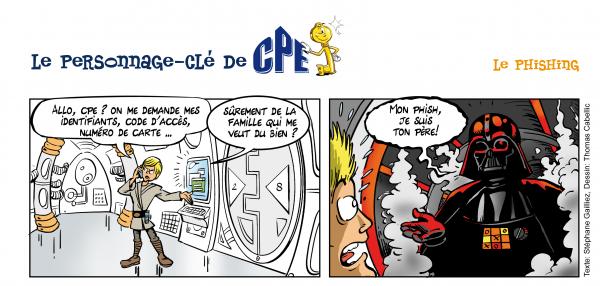
With the advent of the Internet, social communication networks have experienced considerable growth. Who today has not already used online auction sites such as Ebay or Paypal. Parallel to this outbreak, social engineering has been deployed at the same pace so that scammers are legion on the web. Today we give you some recommendations to avoid falling into the traps of these modern fraudsters who are as numerous as they are well organized.
What is phishing?
Phishing or phishing is a computer technique used by fraudsters to steal personal information from Internet users (complete identity, access credentials to a website, bank card number, etc.) with the aim of perpetrating data theft. ‘identify. As its English name suggests, phishing is a kind of fishing for victims via communication networks.
What are the techniques?
One of the main characteristics of phishing is that the fraudster does not trap his victims individually but collectively. It simultaneously contacts thousands or even millions of potential victims by trying to impersonate their bank or their Internet service provider, for example. The fraudster relies on this large number to find gullible or unwary recipients.
In practice, the Internet user receives a message from his bank or another company which informs him of a security problem requiring him to go to the site concerned and which invites him to click on a link. hypertext. However, this link does not lead to the official site but to an imitation often identical to the original controlled by a malicious individual, so if the Internet user clicks on the link and enters information it will be transmitted directly to the scammer.
Our recommendations
The best advice we can give you is to never click on hyperlinks contained in an unsolicited message asking the recipient to provide sensitive or confidential data, even if it appears to come from a known sender. If in doubt, prefer to check the reality of the request by telephone with the company concerned or go to the website of this company by manually entering its address in your browser, so as not to risk clicking on a booby-trapped or leading link. to a booby-trapped web page.
In the event of proven theft:
- Immediately connect to the real website of the company whose identity has been stolen and change your password to prevent your account from being hijacked;
- File an opposition with your banking organization to block your credit card;

